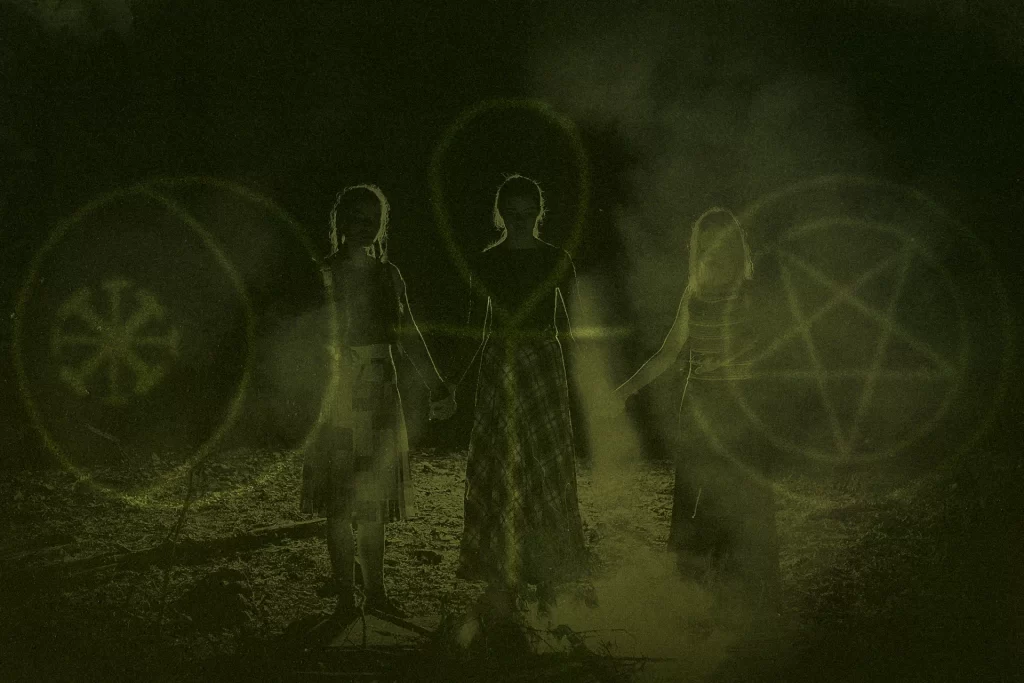A Brief Journey of Sigils
Since childhood, I have been fascinated with witches and everything they represent. It didn’t matter whether it was Baum’s green ‘Wicked Witch of the West,’ Narnia’s youthful ‘Jadis – The White Witch,’ or Shakespeare’s ‘The Three Witches,’ these witches symbolised the feminine urge to destroy and recreate. More than them, I was fascinated with their magical abilities; levitation, transmutation; and of course spellcasting and sigils. With Agatha All Along rescuing the dormant Marvel Television universe in the unholy month of October, (I hope it’s not just a fortunate coincidence) it’s only fair we talk about the way these sigils and symbols have been used around the world; transcending generations and social constructs.
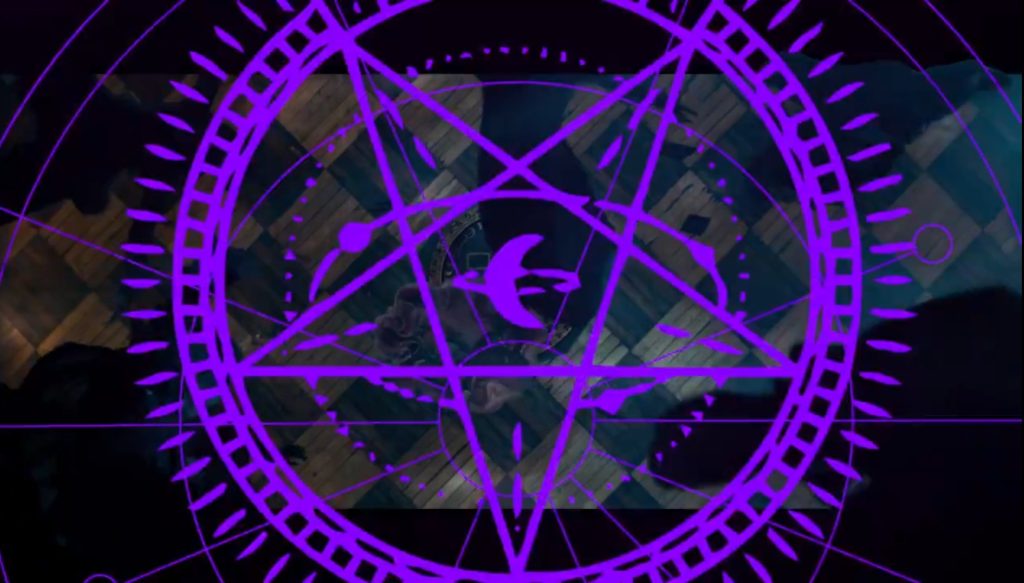
Sigils? What are Those?
Sigils are essentially symbols, that have traversed a rich historical landscape. But if they are mere symbols, then how does one differentiate between a mere sigil or the prehistoric cave paintings? Well firstly, sigils are representative of ideas or intentions. They are underlined by a gain (no matter how altruistic it may be). Sigils connote the same meaning as “putting it in the universe.” You can equate them with manifestation.
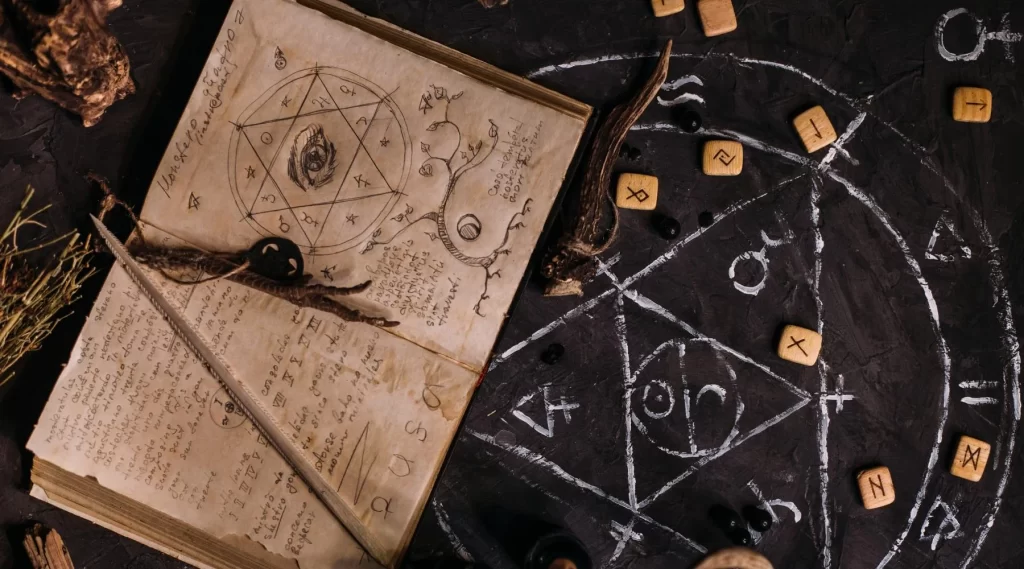
Nobody knows when the practice of witchcraft began and the masses are convinced that it refers to malevolent practices intended to harm others. The banality of segregation is indeed horrendous! Man worshipped and feared the energies that they couldn’t see. This was the start of paganism. Soon, they denoted a symbol; a name; an identity to these phenomena, which were inherently good. Anything other than the norm was deemed bad and was termed witchcraft.
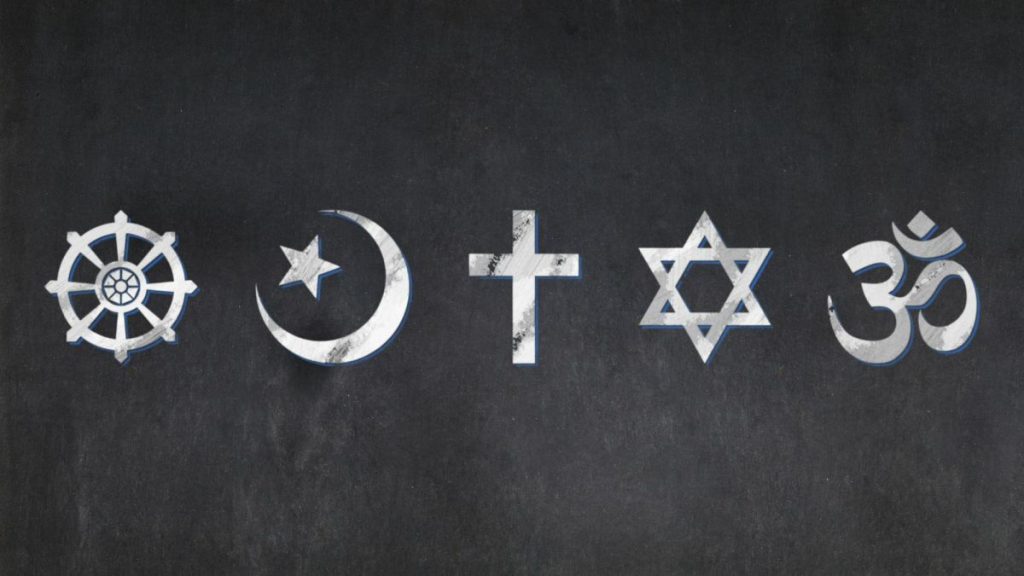
However, within every religious culture, Hinduism, Greek, Roman, Islam, or Christianity, witches lurk in the shadows. They function autonomously, using sigils as powerful tools for witchcraft, occult practices, and personal empowerment. It is a matter of who controls the narrative. With the fall of the Roman empire and its replacement with Christianity, embracing Roman rituals was deemed witchcraft. (But that isn’t the entire reality).
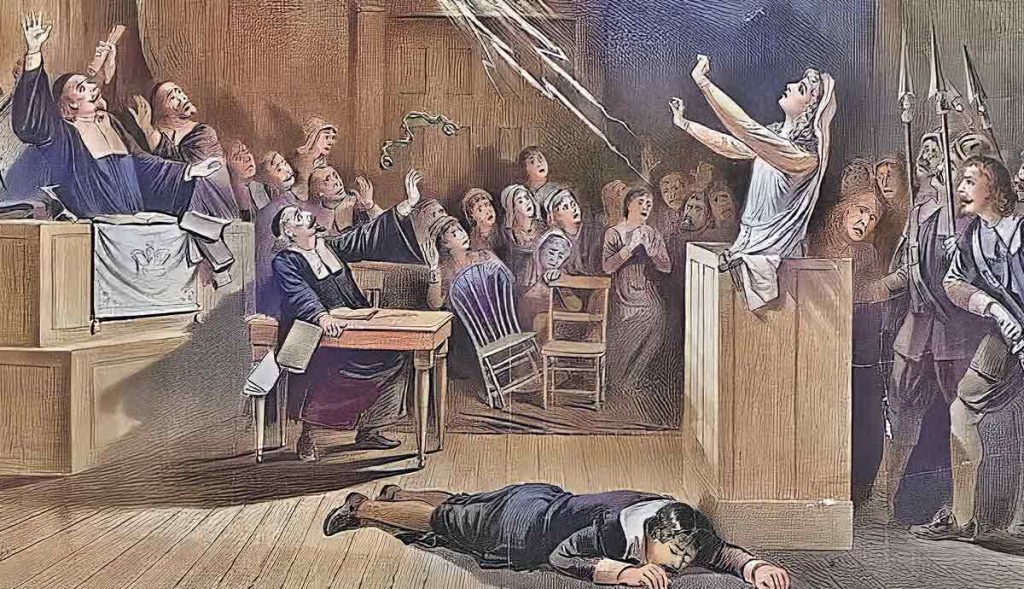
Where did Sigils come From?
The word ‘sigil’ comes from the Latin ‘sigillum,’ meaning ‘seal.’ Thomas Rogers, an English clergyman used the word ‘sigil’ in the early 1600s. The Latin word has existed since the medieval ages when sigils were seen as the gateway for angels and demons. Ancient civilizations, including the Babylonians, Egyptians, and Greeks, used sigils to invoke protection or denote ownership. These symbols were often inscribed on amulets, seals, or ceremonial objects, carrying with them the weight of cultural significance.
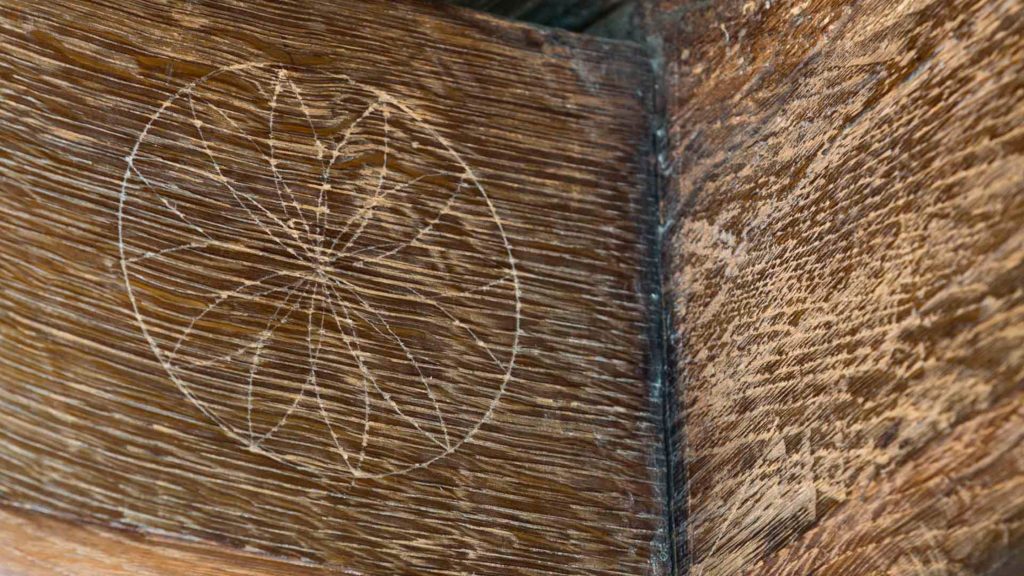
For example, the daisy wheel or hexafoil is not simply a pattern but a sigil. It has been found in artworks and architecture from the Middle Ages to the 19th century. The Wiccans understand it to be a sun motif, the others believe it to be a simple exercise; an initiating routine for the apprentice masons. However, their use in ornamental chests, grain silos, houses, churches, expensive furniture, and other significant buildings all point to their prowess as a ritualistic protection charm.

In the Middle Ages, the use of sigils in alchemy and astrology became prominent. Practitioners believed that these symbols could harness cosmic energies, granting them power to affect change in the physical world. This esoteric practice formed the bedrock for what would later be known as ceremonial magic.
Why are Sigils Associated with Witchcraft?
The 20th century marked a resurgence of interest in sigils, particularly within the realms of witchcraft and the occult. With the Christian Puritan movement on a steady rise, the world witnessed a mass hunt for alleged witches in the form of the Salem Witch Trial (1692-1693). During this time, over 200 women were accused of practising (evil) magic, out of which 30 were convicted and 19 executed. To showcase their confidence in the Puritan agenda, each of the (good) homes was branded with the sigil. This sigil looked like two triangles with a line in the middle, which could effectively (the jury is still out) ward off evil spirits.
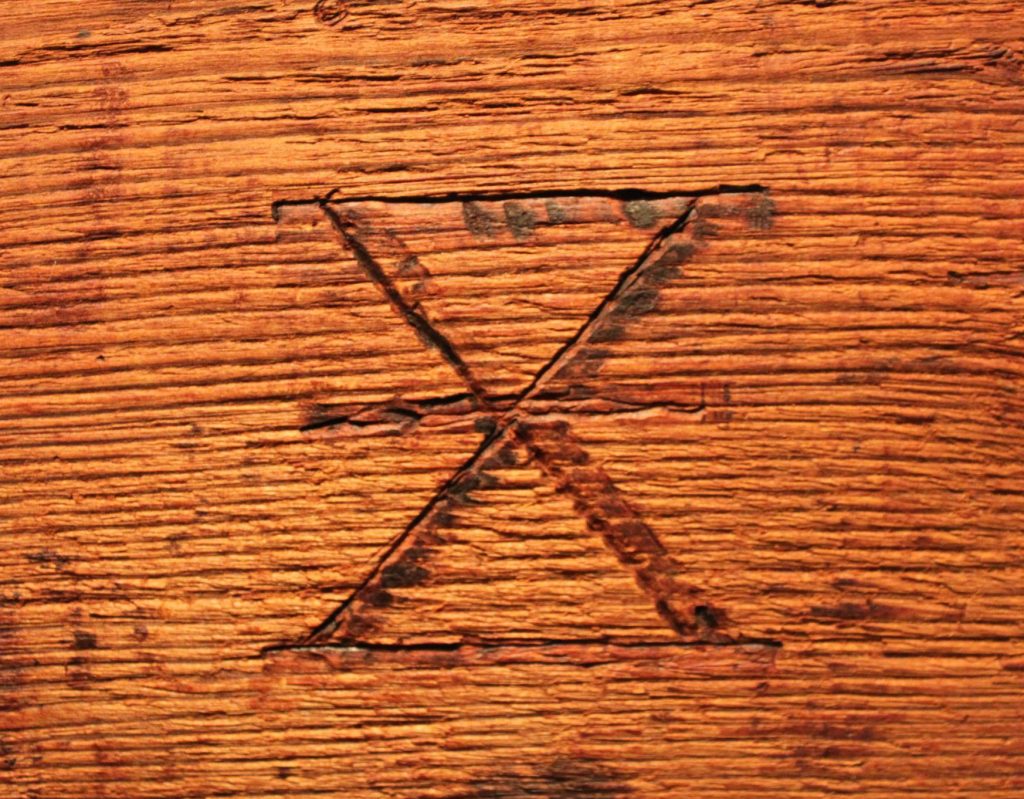
In the 1920s, the influential occultist Austin Osman Spare introduced the concept of chaos magic and related sigils. He believed that a sigil could be created by taking a statement of intent, stripping it down to its essence, and transforming it into a unique symbol. To him, one could bypass the conscious mind, allowing the subconscious to manifest the desired outcome. By then, Freud had already given out testimonies and a theoretical framework of the subconscious mind. However, Spare remained extremely critical of his theories, all the while coining his theory of sigilisation.

The practice found popularity amongst the practitioners of modern witchcraft and chaos magic, who adopted Spare’s methods, using sigils for intention setting, protection, and manifestation. Hence, these symbols became not just tools of magic but also personal mantras—each uniquely crafted to reflect the wielder’s desires and aspirations.
Is Corporate Branding a Sigil?
There is no doubt that there is strength in unity. The “witches” knew that, and hence convened in a coven. All of the practitioners had common sigils to exponentially increase their intentions and the power generated from them. Interestingly, the journey of sigils has now led to their adoption in branding. Companies and organizations increasingly recognize the power of visual symbolism in conveying their messages and values.
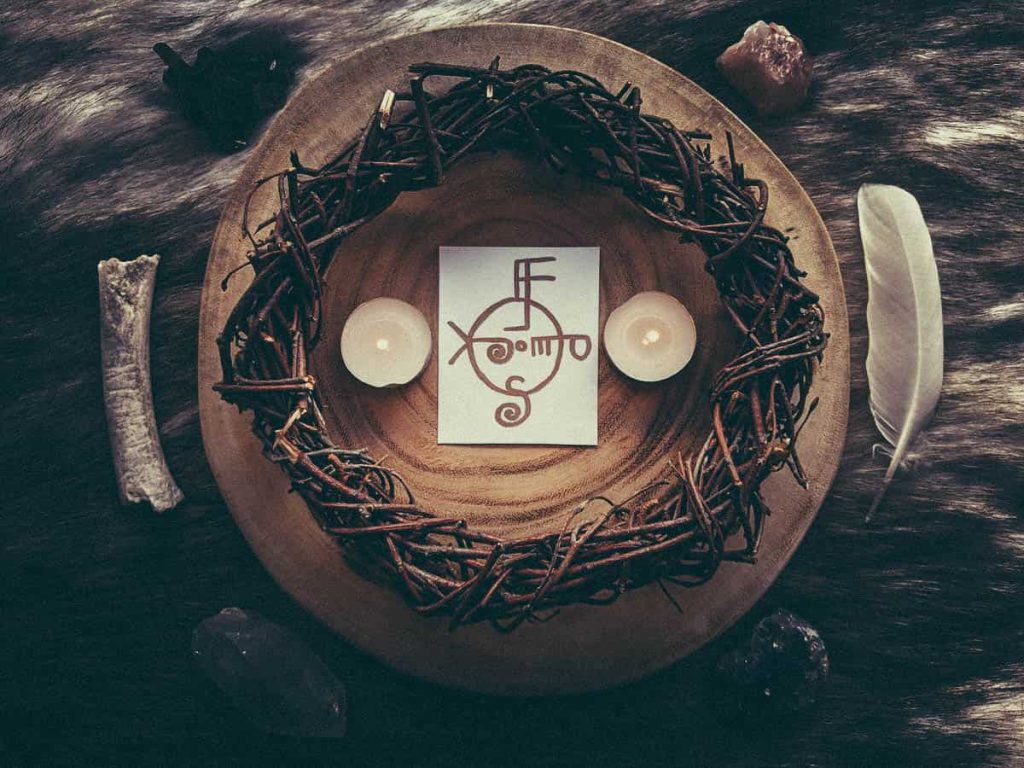
Just as ancient sigils were used to represent ownership and authority, modern brands utilize logos and symbols to create identities that resonate with consumers. In this context, brands craft their sigils with intention, employing design principles that evoke emotions, associations, and values. At present, any logo you may see is not a random doodle. It is the result of hours and hours of brainstorming. These modern sigils aim to forge connections, establish trust, and create a sense of belonging among consumers. Just as personal sigils empower individuals, brand symbols empower (or neuter, depending on who you ask) communities, promoting loyalty and shared identity.

Image Courtesy – Thought Catalog

Hi Ya’ll !!
I love writing about pop culture and all things queer.
Sub Editor at Abir Pothi

